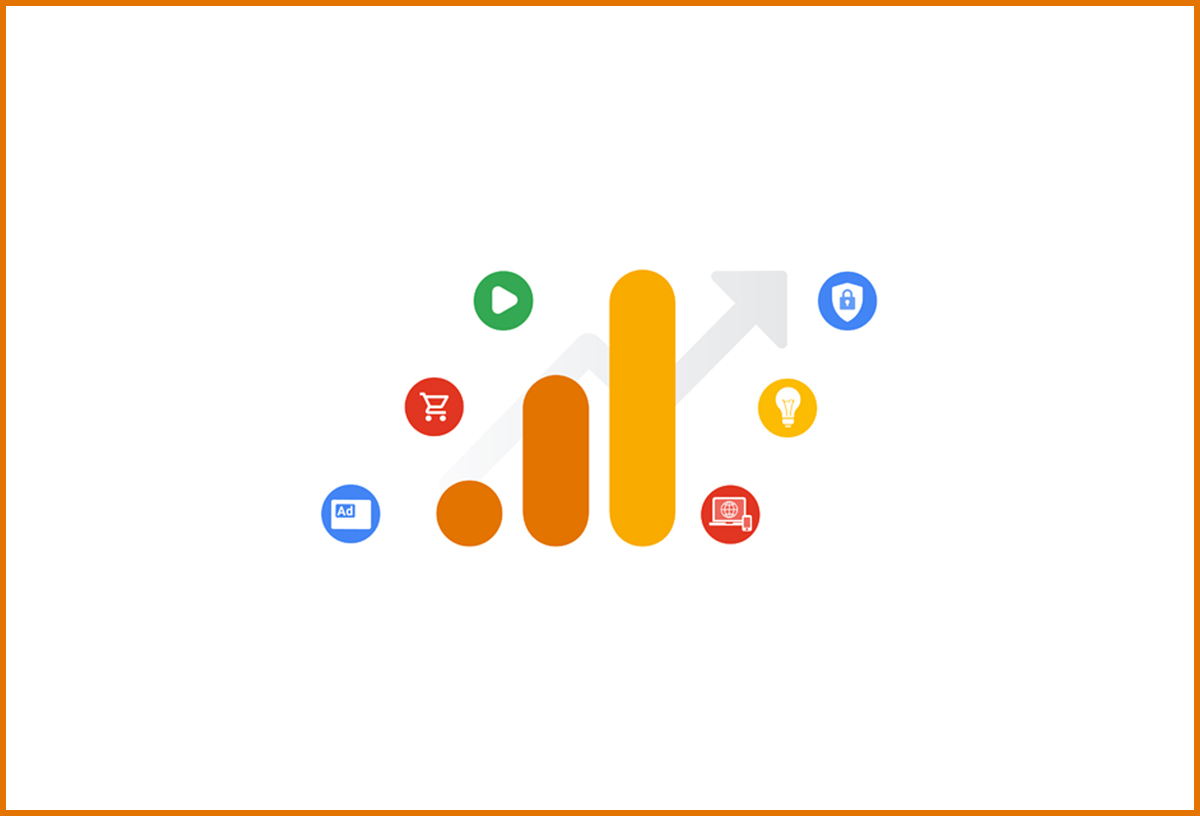The use of Google Analytics reaps benefits and mints money in Uncertainty
Can you imagine a situation where you have to allocate randomly your budget to different businesses of your corporate group without using any statistics—you might allocate a high budget to a sick company and a low budget to a company having high ROI. And your business would probably be declared looser or bankrupt.
Similarly, a business cannot make a decision and survive without statistics or metrics. It has to base its decisions on sound statistics to make it rational.
This is where the role of Google Analytics comes in.
Whether you want to boost sales of your business or find more users, Google Analytics will always lend a helping hand. Google Analytics provides freemium analytic services provided by Google that monitor and report website traffic. It is mainly used in providing statistics for Search Engine Optimisation and Marketing of Business. It also helps in gaining insight into how customers find your website and what they do once they have landed at the website.
1. Segmentation of Visitors to the Website
Google Analytics helps in measuring the effectiveness of Search Engine Optimisation (SEO) and Pay-per-click (PPC) campaigns. Further, It helps in determining the quantum of visitors brought to your website by SEO and PPC Campaigns. You can examine how each source is adding to new and existing customers. Moreover, it enables segmentation of visitor’s behavior on the basis of devices such as Desktop, tablet, and mobile. Ultimately this information helps in knowing the valuable information to increase traffic to your website.
2. Google Analytics at Freemium
Can you imagine that a billion-dollar company is using Google Analytics at freemium— provided Google free of charge by Google? There is no initial investment required. What you just need is the membership of a Gmail account which is also free. Just visit at Google Analytics Website And Sign in using your Gmail account. Then follow the instructions available on the above-mentioned website.
3. Helps in knowing Keywords for SEO
Google Analytics helps in knowing which keyword visitor is using to come to your website. Consequently, this will help in determining which keywords are enabling the diversion of traffic to your website. If you find that any keyword is not worthy of Search Engine Optimisation you can delete it.
4. Knowing Website Bounce Rates
Do you know what the Bounce Rate is?
Bounce Rate is related to the quality of content. It is used in quantifying satisfaction levels. The bounce Rate indicates the amount of visitors that come to your website, view one page of your website, and leave your website. It connotes that though a visitor has come to your website he did not find the relevant stuff which he was expecting and finally leaves your website. Google Analytics helps in finding which pages are encouraging visitors to stay on the page and which page is not encouraging visitors to stay on the web page.
5. Visual Flowchart
By using Google Analytics, we can show the flow of traffic visually. We will comprehend by using an example. If 1000 users access the home page of your website, Google Analytics can show that 200 visitors left due to Bounce Rates, 550 navigated to the products page, while 250 next visitors visited the ‘about us’ page. This chart can indicate which are the most popular landing pages and which are not and provide you the feedback to increase the retention of visitors to your website.
6. An input to Crucial business decisions
Business Decisions based on empirical data assure its owner that he is not gambling. Google Analytics divides the analysis into four key reporting areas
a. People who are visiting a website of Business
b. How those visitors are getting to your website—either from external links or direct organic search.
c. Behaviors of visitors—what they are doing on your website?
Conversion—-Have they completed the activity that the business owner expected from them? If yes, the purpose of business is achieved
7. Helps in targeting visitors
Google Analytics helps in finding a niche segment most interested in purchasing the product. After finding the above-mentioned niche company can initiate a marketing campaign accordingly.







